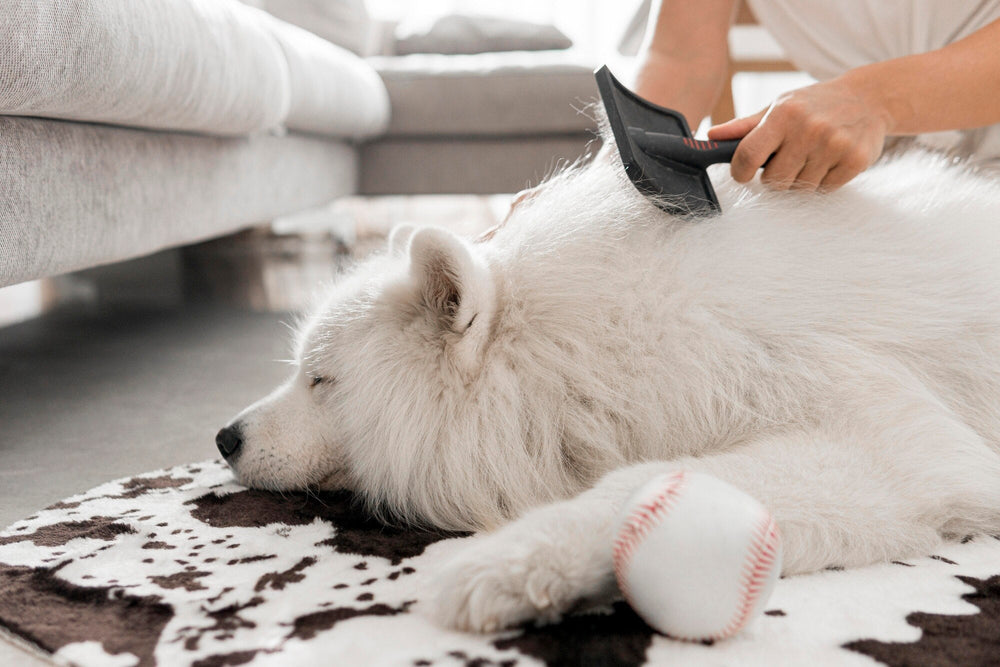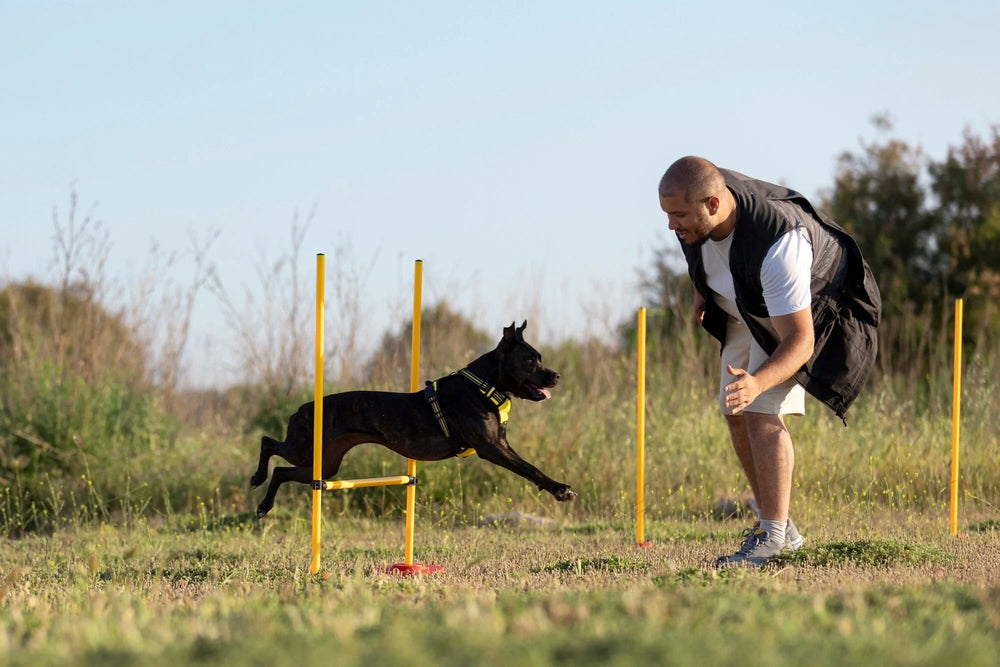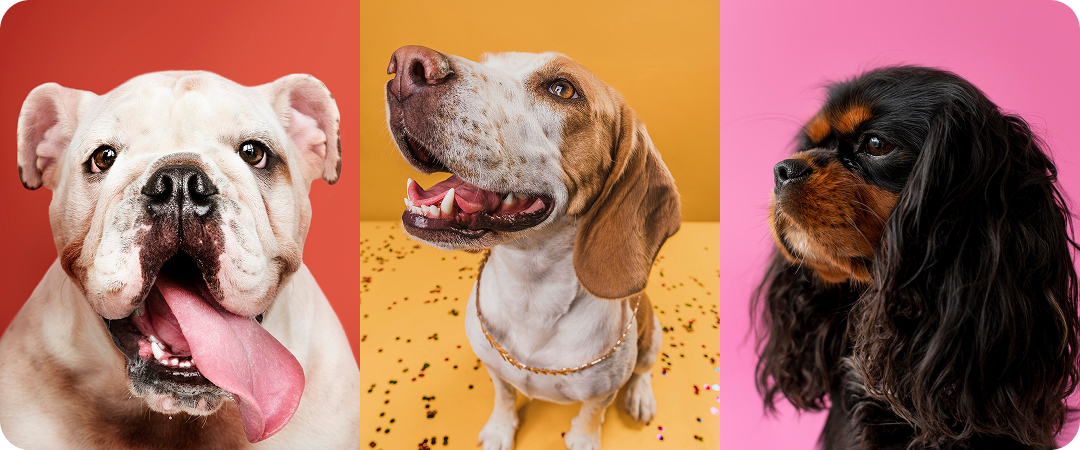Anxiety in dogs often goes unrecognized because many pet parents mistake anxiety symptoms for behavioral problems or simply "the way their dog is." However, chronic anxiety significantly impacts your dog's quality of life and can lead to long-term health issues, including skin problems, digestive disorders, and weakened immunity.

Recognizing the Signs: Is Your Dog Suffering from Hidden Anxiety?
Anxiety in dogs often goes unrecognized because many pet parents mistake anxiety symptoms for behavioral problems or simply "the way their dog is." However, chronic anxiety significantly impacts your dog's quality of life and can lead to long-term health issues, including skin problems, digestive disorders, and weakened immunity. Identifying and addressing anxiety is crucial for your dog's overall wellbeing.
Dogs can't tell us they're anxious, but they communicate through behavioral and physical signals. Here are key signs your dog might be suffering from hidden anxiety:
Subtle Behavioral Signs:
- Excessive licking of paws or surfaces (often mistaken for allergies alone)
- Panting when it's not hot or after minimal activity
- Frequent yawning in non-tired situations (a displacement behavior)
- Avoidance behaviors like hiding or seeking isolation
- Reluctance to explore new environments
- Following you constantly from room to room
- Vigilance and difficulty relaxing or sleeping soundly
- Lip licking when not eating or drinking
More Obvious Indications:
- Destructive behavior, especially when alone
- Excessive barking or whining without apparent cause
- Compulsive behaviors like tail-chasing or spinning
- House soiling despite being fully house-trained
- Aggression that seems to come "out of nowhere"
- Trembling or shaking in non-cold environments
- Escape attempts or panic when confined
Anxiety triggers vary widely among dogs and can include:
- Separation from family members
- Unfamiliar environments or situations
- Loud noises (thunderstorms, fireworks, construction)
- New people or animals
- Car rides or visits to the veterinarian
- Previous traumatic experiences
- Changes in routine or household
The connection between anxiety and physical health is well-documented in dogs. Chronic stress elevates cortisol levels, which can suppress immune function and exacerbate skin conditions. Many dogs with persistent skin issues or coat problems have underlying anxiety contributing to their symptoms. This mind-body connection explains why TailBlaze developed Cocool Anxiety & Skin treats with a dual-action approach.
Cocool treats contain a carefully balanced formula of natural calming ingredients like organic hemp and coconut that help regulate your dog's stress response. These ingredients work synergistically to:
- Promote relaxation without sedation
- Support healthy serotonin production
- Reduce cortisol's negative effects on skin and coat
- Provide essential fatty acids that strengthen skin barriers
If you recognize anxiety signs in your dog, consider these approaches:
- Create a predictable routine (dogs thrive on consistency)
- Establish a safe space where your dog can retreat when feeling overwhelmed
- Use positive reinforcement training to build confidence
- Incorporate Cocool treats as part of a daily calming routine
- Consult with a veterinarian if symptoms are severe
Early intervention is key to preventing anxiety from becoming chronic and causing long-term health problems. By recognizing the subtle signs and addressing anxiety proactively with supportive measures like Cocool treats, you're helping your dog live a healthier, happier, and potentially longer life.
Give your dog the dual-benefit of anxiety relief and skin support with TailBlaze Cocool treats—because calmness radiates from the inside out.






